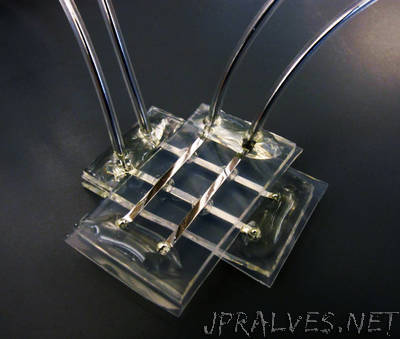
“Memristors have relatively simple behavior: they’re a type of circuitry where the present resistance to current is a product of the currents that have flowed through them in the past. The more current that goes through, the easier it will travel through in the future. Interest in memristors comes in part from the fact that the resistance persists even after current is turned off, making them a possible option for non-volatile memory.”
